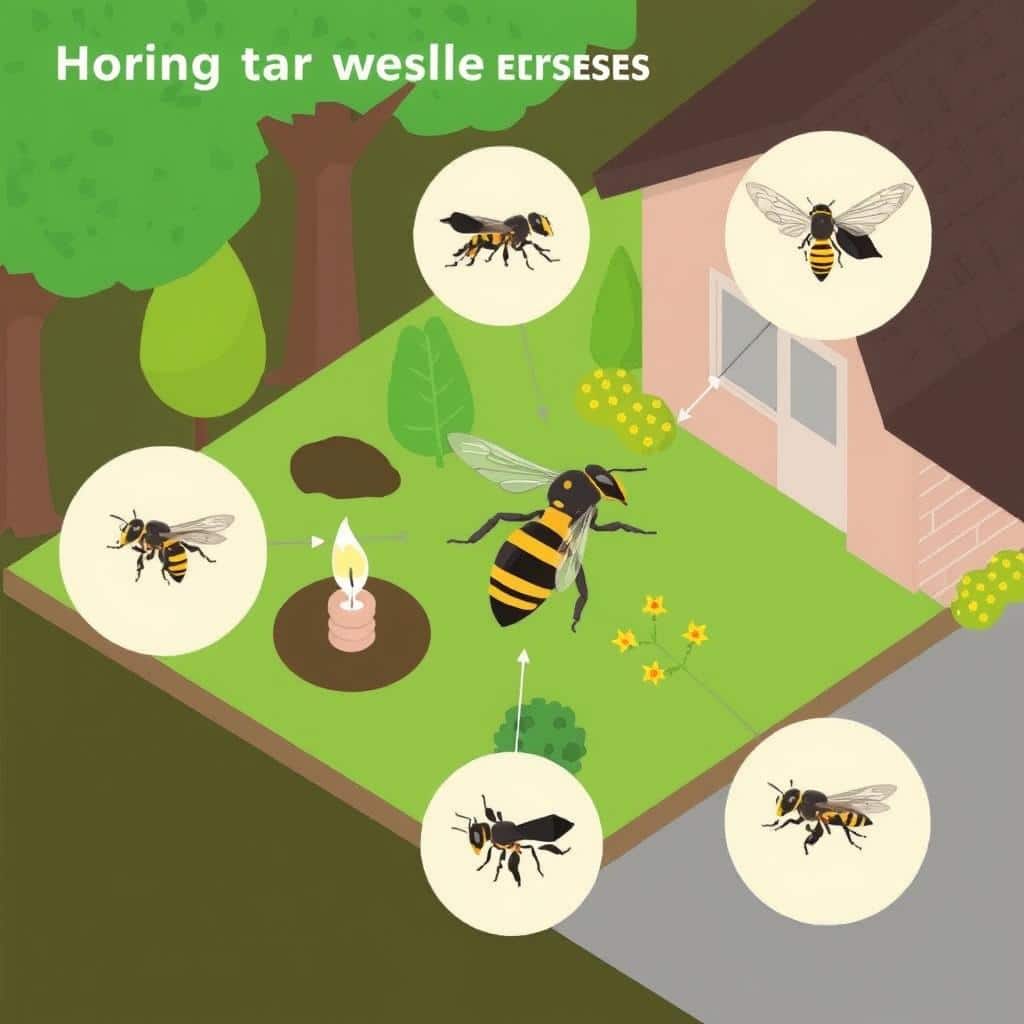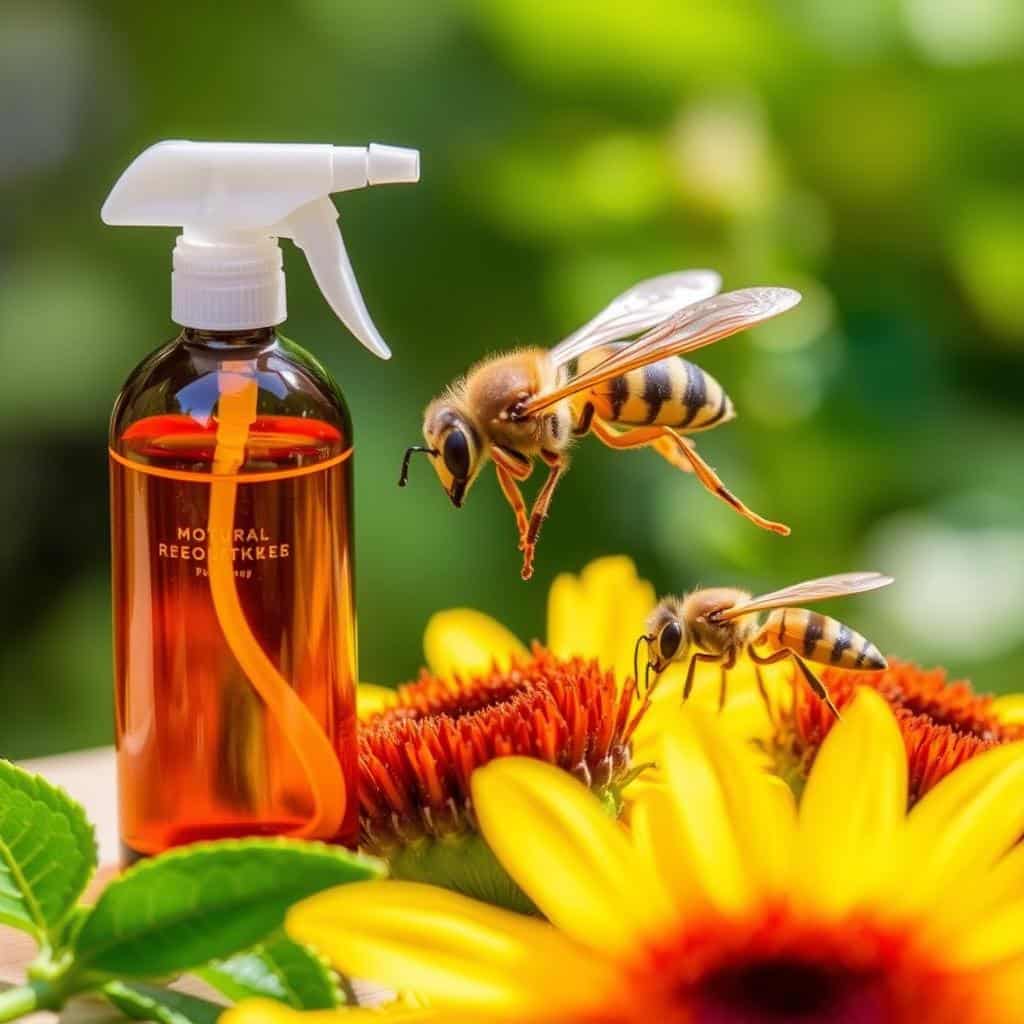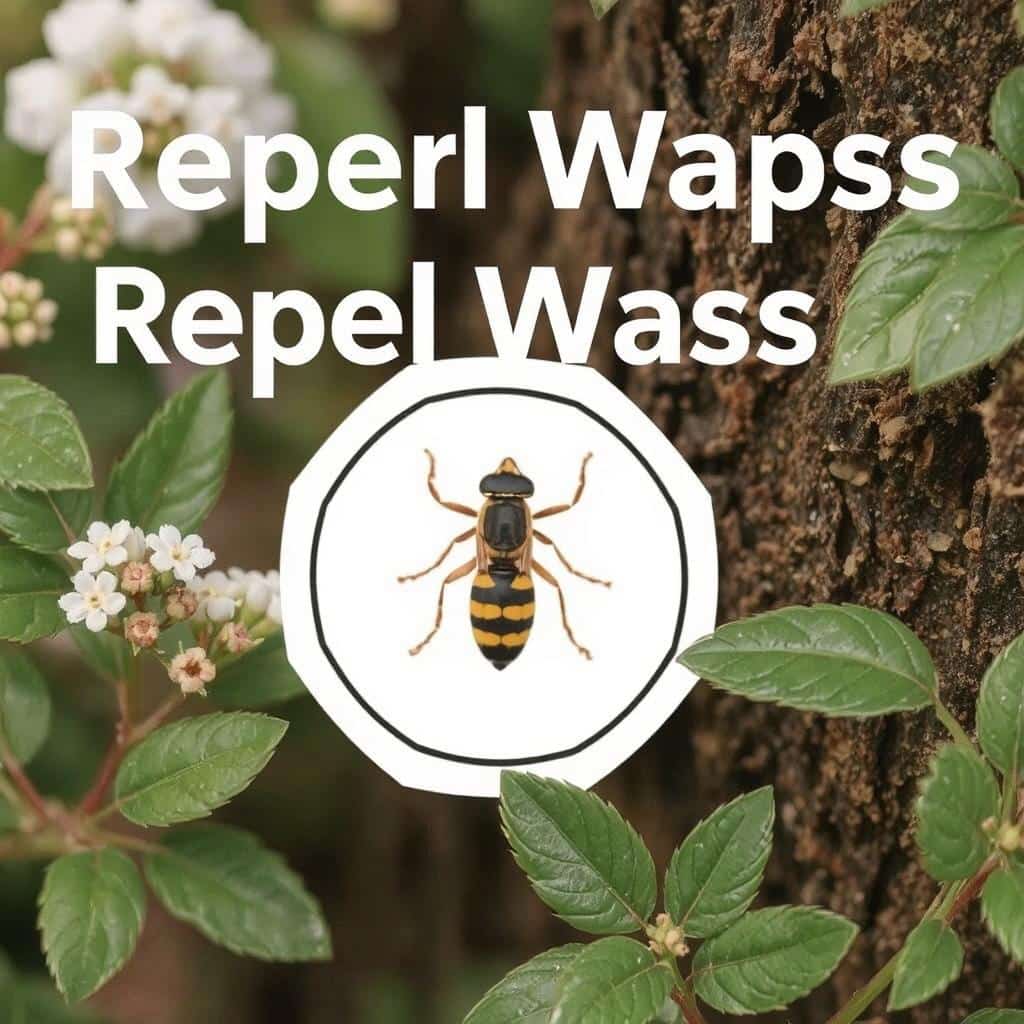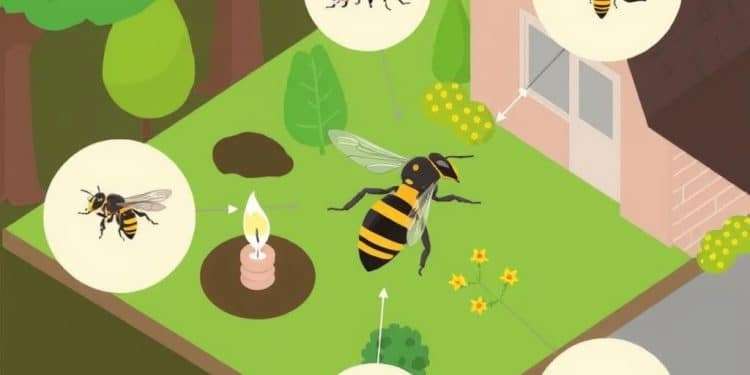Wasps can transform your peaceful outdoor living space into a danger zone, especially during peak summer months when their colonies are most active. Learning how to keep wasps away effectively requires a multi-faceted approach that combines understanding their behavior, implementing preventive measures, and knowing when to take action against existing nests. This in-depth 1500-word guide provides comprehensive solutions ranging from natural deterrents to professional intervention strategies, ensuring you can enjoy your yard without the constant threat of painful stings.
Understanding Wasp Behavior: The Science Behind Their Invasion : Decoding What Makes Your Property Attractive to Wasps
To truly master how to keep wasps away, we must first examine the biological and environmental factors that draw these stinging insects to human habitats. Wasps are primarily motivated by three fundamental needs:
- Nutritional Requirements: Adult wasps feed on sugary substances like nectar, fruit juices, and even your soda, while their larvae require protein from insects, meat scraps, or pet food. This dual dietary need means your outdoor eating areas and trash bins become prime targets.
- Shelter Preferences: Different wasp species have distinct nesting habits. Paper wasps build open-comb nests under eaves, while yellow jackets often establish underground colonies or nest within wall voids. Understanding these preferences helps identify risk areas on your property.
- Similar to all biological lifeforms, wasps depend on water for survival . They’re particularly drawn to consistent water sources like pet bowls, bird baths, or even condensation from air conditioning units during hot weather.
- Material Resources: Some species like paper wasps chew wood fibers to create their distinctive paper-like nests, making untreated wooden decks, fences, and outdoor furniture potential construction sites.
By recognizing these attraction factors, you can develop targeted strategies that make your property fundamentally less appealing to wasps from the ground up.

Natural Wasp Deterrents: Chemical-Free Protection Methods :
Harnessing Nature’s Power to Repel Wasps Safely
For those seeking non-toxic approaches to how to keep wasps away, numerous effective natural solutions exist that don’t compromise your family’s health or the environment:
Essential Oil Repellents:
- Peppermint Oil: A 2013 study published in the Journal of Pest Management Science found peppermint oil effectively repelled yellow jackets. Create a spray by mixing 15-20 drops of pure peppermint essential oil with 1 cup of water and a teaspoon of dish soap (to help the mixture adhere). Apply to potential nesting sites every 3-4 days.
- Clove-Geranium-Lemongrass Blend: Research from the USDA showed this specific combination was particularly effective. Mix equal parts of these oils (about 10 drops each) with a cup of water for a powerful deterrent.
Physical Deterrents:
- Decoy Nests: Wasps are highly territorial. Hanging multiple fake nests (available commercially or made from brown paper bags) can trick them into believing the area is already claimed.
- Aluminum Foil Strips: The reflective, moving surfaces disorient wasps. Hang near eating areas for added protection.
Garden Solutions:
- Wasp-Repelling Plants: Incorporate wormwood, mint varieties, citronella grass, or marigolds around patios and seating areas. These contain natural compounds that wasps avoid.
- Cucumber Slices: The acidic property of cucumber peels acts as a natural repellent. Place fresh slices in strategic locations and replace daily.
The key to success with natural methods lies in consistent application and combining multiple approaches for layered protection.

Structural Prevention: Fortifying Your Home Against Infestations :
Building a Wasp-Proof Barrier Through Strategic Home Maintenance
Implementing physical barriers is the most reliable long-term solution for how to keep wasps away. This comprehensive approach requires seasonal attention:
Early Spring Inspection (Critical Timing):
Conduct thorough examinations when queens emerge to establish new colonies (typically when temperatures consistently reach 50°F/10°C). Focus on:
- Roof lines and soffits
- Attic vents and crawl spaces
- Behind shutters and siding
- Under decks and porches
- Inside sheds and outdoor furniture
Sealing Techniques:
- Small Gaps (1/4″ or less): Use high-quality silicone caulk that remains flexible in temperature changes
- Medium Openings (1/4″ to 1″): Apply expanding foam specifically designed for pest control
- Large Access Points: Install 1/8″ mesh hardware cloth over vents, chimneys, and crawl space openings
Ongoing Maintenance:
- Repair damaged roofing and siding immediately
- Keep vegetation trimmed back at least 12 inches from structures
- Store firewood at least 20 feet from the house and elevate off the ground
- Regularly inspect and maintain window screens and door sweeps
This proactive defense strategy creates physical barriers that prevent wasps from ever establishing colonies on your property.

Commercial Wasp Control: When and How to Use Chemical Solutions:
Selecting the Right Products for Effective Wasp Elimination
When natural methods aren’t enough, understanding proper commercial product use becomes crucial for how to keep wasps away safely and effectively:
Trapping Systems:
- Liquid Traps: Use different baits seasonally – early season (protein-based for colony-building), late season (sweet liquids for worker wasps)
- Disposable Hanging Traps: Place 20+ feet from human activity areas, preferably near property borders
- DIY Bottle Traps: The classic 2-liter soda bottle trap remains effective when baited correctly
Contact Insecticides:
- Foaming Sprays: Allow treatment from 15-20 feet away. Look for products with a concentrated stream for hard-to-reach nests
- Dust Formulations: Ideal for wall voids and underground nests. Apply using specialized dusters for proper distribution
- Residual Barrier Treatments: Create long-lasting protective zones around high-risk areas. Reapply every 4-6 weeks during peak season
Professional-Grade Solutions:
- Microencapsulated formulas that provide extended protection
- Non-repellent insecticides that don’t trigger defensive behavior
- Precision application equipment that reaches deep into voids
Critical Safety Measures:
- Always treat nests at dusk when wasps are least active
- Wear protective clothing covering all skin surfaces
- Have an escape route planned before treatment
- Keep epinephrine auto-injectors accessible if anyone in household is allergic
Understanding these options allows for targeted, effective intervention when necessary.

Landscape Design Strategies for Long-Term Wasp Control :
Creating an Environment That Naturally Discourages Wasps
How to Keep Wasps Away ? Your property’s design significantly impacts how to keep wasps away through ecological approaches:
Plants to Avoid Near Living Spaces:
- Flowering herbs (particularly fennel, dill, and parsley)
- Sweet-smelling ornamentals (honeysuckle, jasmine, lilacs)
- Fruit trees and berry bushes (especially overripe produce)
- Any plant with extrafloral nectaries (peonies, some cherry varieties)
Wasp-Deterring Alternatives:
- Marigolds: Contain pyrethrins, natural insect repellents
- Mint Family: Spearmint, peppermint, and pennyroyal release repellent aromas
- Eucalyptus: The strong scent masks attractants
- Citronella Grass: Doubles as mosquito and wasp deterrent
Strategic Yard Management:
- Harvest ripe produce immediately and clean up fallen fruit daily
- Use enclosed compost systems rather than open piles
- Install tight-fitting, lidded trash and recycling containers
- Position eating areas away from flowering plants
- Consider artificial water features instead of standing water sources
Microclimate Adjustments:
- Reduce bright lighting that attracts night-flying insects (wasp prey)
- Use yellow or LED lights that are less attractive to insects
- Maintain good air circulation in seating areas (wasps avoid breezy spots)
This holistic approach modifies the entire ecosystem of your property to make it fundamentally less hospitable to wasps.

Safe Wasp Nest Removal: Knowing When to Call Professionals
How to Keep Wasps Away ? When faced with an active nest, understanding proper removal methods is the final piece of how to keep wasps away safely:
Dangerous Nest Locations Requiring Professional Help:
- Inside walls or electrical boxes
- Near high-traffic areas (doorways, play areas)
- At heights requiring ladders for access
- In sensitive environments (nursing homes, schools)
Risk Factors for DIY Removal:
- Aggressive species identification (yellow jackets, hornets)
- Visible high wasp traffic (more than 10 wasps entering/exiting per minute)
- Any history of allergic reactions in household members
Professional Removal Process:
- Inspection: Using thermal imaging and borescopes to locate hidden nests
- Treatment: Applying industrial-strength, targeted insecticides
- Removal: Physically extracting nests when necessary
- Exclusion: Sealing entry points to prevent reinfestation
- Follow-up: Monitoring for resurgence with warranty options
DIY Removal Protocol (for small, accessible nests only):
- Prepare at dusk with full protective gear
- Have a quick-acting wasp spray with at least 15-foot range
- Approach quietly and spray nest entrance thoroughly
- Retreat immediately and observe from safe distance
- Remove nest only after 24-48 hours of no activity
- Clean area thoroughly to remove pheromone traces
Remember that improper removal can aggravate wasps and increase sting risks significantly. When in doubt, professional intervention is always the safer choice.
Milkilove other topics : https://milkilove.com/samsung-galaxy-s25-ultra/












